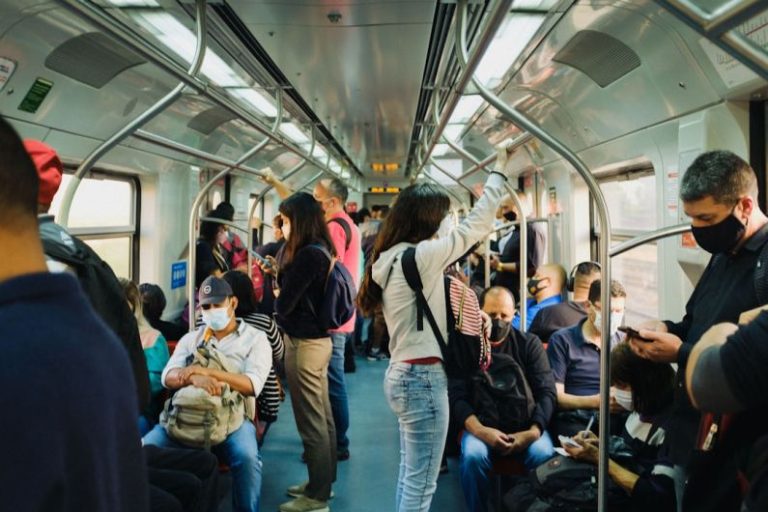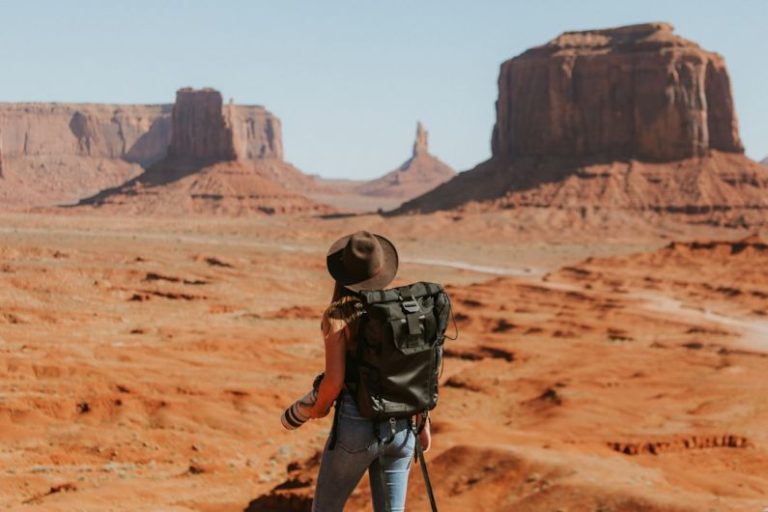Dealing with Jet Lag: Practical Advice
Traveling across different time zones can be an exciting adventure, but dealing with jet lag is often a challenging aspect of long-distance journeys. The disruption of our internal body clock due to rapid travel can lead to fatigue, difficulty sleeping, and overall feelings of disorientation. However, there are practical strategies that can help minimize the effects of jet lag and make adjusting to a new time zone easier.
Understanding Jet Lag
Jet lag, also known as desynchronosis, occurs when our internal clock, or circadian rhythm, is out of sync with the new time zone we find ourselves in. This misalignment can disrupt our sleep patterns, appetite, and overall sense of well-being. The more time zones crossed, the more severe the symptoms of jet lag are likely to be.
Prepare in Advance
One effective way to mitigate the effects of jet lag is to prepare in advance. If possible, gradually adjust your sleep schedule a few days before your trip to align more closely with the time zone of your destination. This can help your body adapt more smoothly to the new schedule and reduce the shock of the time difference upon arrival.
Stay Hydrated
Dehydration can exacerbate the symptoms of jet lag, so it’s essential to stay hydrated before, during, and after your flight. Avoid excessive alcohol and caffeine consumption, as these can dehydrate the body and disrupt your sleep patterns even further. Opt for water or herbal teas to keep your body hydrated and aid in adjusting to the new time zone.
Get Some Sunlight
Exposure to natural light is one of the most effective ways to reset your internal clock and combat jet lag. Upon arrival at your destination, spend time outdoors during daylight hours to help regulate your circadian rhythm. Natural light signals to your body that it’s time to be awake, which can help you adjust more quickly to the new time zone.
Nap Strategically
While it may be tempting to take a long nap upon arrival, especially if you’re feeling fatigued, it’s important to nap strategically to avoid further disrupting your sleep patterns. Limit naps to 20-30 minutes and try to schedule them early in the afternoon to prevent them from interfering with your ability to fall asleep at night.
Stay Active
Engaging in light physical activity upon arrival can help combat the effects of jet lag and boost your energy levels. Take a walk, do some stretching exercises, or practice yoga to get your blood flowing and help you feel more alert. Avoid intense workouts close to bedtime, as these can make it harder to fall asleep.
Adjust Your Eating Schedule
Eating meals at regular times according to the new time zone can help signal to your body that it’s time to be awake or asleep. Try to eat light, balanced meals to support your energy levels and avoid heavy or rich foods that can disrupt digestion and interfere with your sleep.
Stay Flexible
Remember that adjusting to a new time zone takes time, and it’s normal to experience some degree of jet lag when traveling long distances. Be patient with yourself and allow your body the time it needs to acclimate to the new schedule. Avoid putting too much pressure on yourself to immediately adapt and instead focus on practicing self-care and relaxation techniques to help ease the transition.
Incorporate these practical strategies into your travel routine to help minimize the effects of jet lag and make adjusting to a new time zone a smoother experience. By taking proactive steps to care for your body and mind during long-distance travel, you can make the most of your journey and arrive at your destination feeling refreshed and ready to explore.






